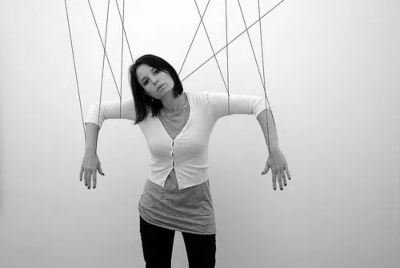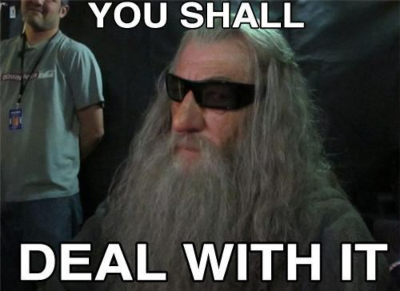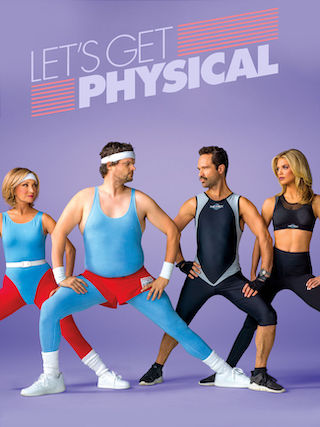Be More Productive: How To Deal With Everything On Your Plate
One of the biggest hindrances to productivity is how we feel at any given time. We’ve all said it – “I don’t feel like doing anything today” or “I don’t feel like going to work.” And it’s true, we all need time blocked off to do nothing or do only what we enjoy. But sometimes our feelings don’t line up with our responsibilities. It’s in those moments that we need processes that will help us get moving by taking control of our feelings and telling them what we’re going to do. As American psychologist O.H. Mowrer said…
It is easier to act yourself into a better way of feeling than to feel yourself into a better way of action.
Essentially, what we want to do is manipulate our own minds to get our feelings to line up with what we should be doing.
The trick here is to focus on the right things at the right time.
Write everything down
The first step to this is simply writing down all the tasks and projects that enter your mind that you want or need to get done. I talked about the importance of this and my process for doing this in this post. I suggest you go back and read it as a precursor to this post.
This is the first step because as David Allen says in his book Getting Things Done…
You can only feel good about everything you’re not doing when you know everything you’re not doing.
You have to get things off your mind right away.
Start to process & organize
But, once everything is written down and off your mind, there’s another step you need to take to prepare yourself to be as productive as you can be. It doesn’t happen just by writing your tasks and projects down. Then you have to deal with those tasks and projects by processing and organizing them. You have to make decisions about what you’re going to do with them. If you don’t do this, all the stuff you wrote down will simply come back to swim around in your head and still demand your attention.
To deal with these items, you’ve got to have a good processing and organizing methodology. Dealing with the tasks and projects you want and need to do doesn’t mean you’re actually DOING them. It just means you’re deciding what you NEED TO DO with them. Allen points out…
The key is to go through everything, because if you don’t deal with everything you’ve captured, it will sit there forever and continually get passed over…so, you can’t just make decisions about the items you WANT to do. You’ve got to deal with it all.
That’s where we get hung up. We let our feelings lead the way and we get the stuff done that we WANT to get done. But, we don’t necessarily get the stuff done that we NEED to get done.
This hinders productivity because tasks and projects that we need to do never get started or are left unfinished. Then they end up either getting completed because some sort of conflict creates enough motivation to finish it, or they get forgotten altogether. To avoid this, we need a process to lead the way instead of our feelings. We need to trust a process and then the good feelings will follow. (You’ll also have more time for the stuff you WANT to do, which will also make you feel better in the long run.)
Decide on your next actions
To start the process of dealing with everything on your list, you’ve got to go through each item and decide what the very next action is that will move that task or project forward. You should put these things on a separate list that references what project it’s moving toward completion. But, to qualify as a next action, the task that you came up with has to be the next physical action to take.
Why does it have to be a physical action?
It’s because of how our minds work. If we haven’t come up with the next physical action it will take to move a task along, we haven’t fully thought the task through. The point of processing your list is to finish the thinking process. If you don’t write out the next physical action to take for each task, you haven’t done that. Therefore, your mind hasn’t resolved everything that’s been bouncing around inside of it.
If your task is “paint the kitchen,” you should come up with the next physical action that will get the ball rolling on that project. If the project hasn’t started yet, it might be “browse Pinterest to come up with 3 new paint color ideas.” By doing this, you’ve resolved what needs to happen next in your mind, and your mind can relax.
Create two lists
So processing and organizing all of your tasks and projects in its simplest form involves creating two lists…
-
Projects List – this list involves any to do’s that require multiple steps. The reason you would want them on a separate list is that they will act as reminders of what you’re trying to accomplish and that there’s more to do to accomplish it.
-
Next Actions List – a physical action to take on its own that doesn’t belong to a project, or the next physical action to take for each project.
As you deal with all of the items on your lists, there will be two special situations…
-
The action takes two minutes or less. Just do it right away. It will take longer to organize and prioritize it than to just do it.
-
The item should be delegated to someone else. This can go on a separate list of assigned projects.
Now you’ve processed everything, your mind is clear and you can focus on the very next physical action you need to do to move along the task or project that is most important to accomplish right now. You’ll soon realize that you’re being more productive.
In the next post, we’ll dive even deeper into specific organizational processes that will help you have more control of life and increase your productivity.



